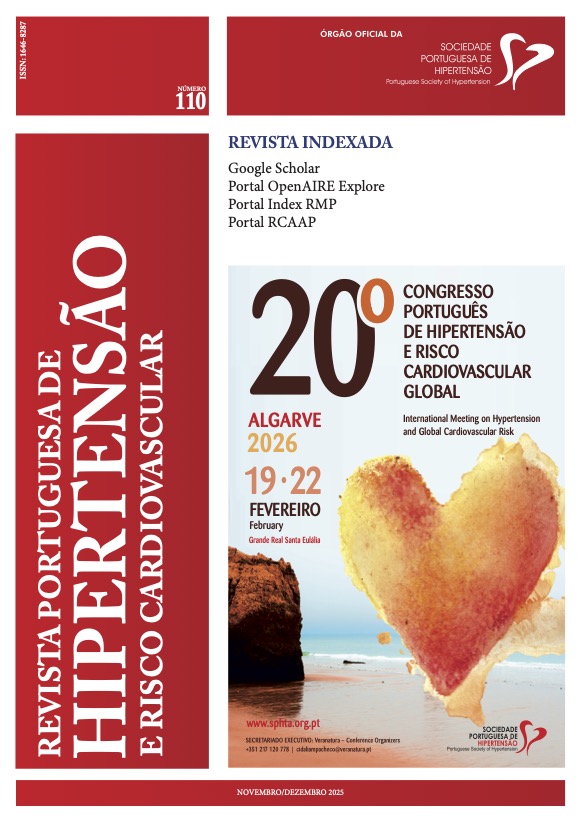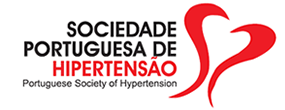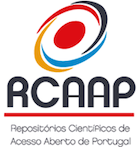Watch your Heart!
DOI:
https://doi.org/10.58043/rphrc.172Keywords:
arterial hypertension, smartwatch, primary health careAbstract
Arterial hypertension (HTN) is often asymptomatic and underdiagnosed, particularly in young adults. We report the case of a 21-year-old man, otherwise healthy and with no relevant medical history, who sought medical attention following the detection of nocturnal tachycardia using a personal monitoring smartwatch. On physical examination, he presented with elevated blood pressure and a body mass index consistent with overweight. Twenty-four-hour ambulatory blood pressure monitoring confirmed the diagnosis of hypertension. An etiological investigation was initiated, including referral to Internal Medicine, with no secondary cause identified. A non-pharmacological approach was adopted, consisting of lifestyle modifications. After six months, blood pressure values had normalized. This case highlights the contribution of emerging technologies in the early detection of cardiovascular alterations, as well as the role of the family physician in education, follow-up, and coordination with specialized care, and the effectiveness of behavioural interventions in the management of hypertension.Downloads
References
Whelton PK, Carey RM, Aronow WS, Casey DE Jr, Collins KJ, Dennison Himmelfarb C, et al. 2017 ACC/AHA Guideline for the Prevention, Detection, Evaluation, and Management of High Blood Pressure in Adults. J Am Coll Cardiol. 2018;71(19):e127–e248. doi:10.1161/HYP.0000000000000065
PoulterNR, PrabhakaranD, CaulfieldM.Hypertension. Lancet. 2015;386(9995):801–12. doi:10.1016/S0140-6736(14)61468-9
World Health Organization. Hypertension. [Internet]. Geneva: WHO; 2021. Available from: https://www.who.int/news-room/fact-sheets/detail/hypertension [acedido a 1 de maio de 2025]
Direção-Geral da Saúde. Programa Nacional para as Doenças Cérebro-Cardiovasculares 2017-2020. [Internet]. Lisboa: DGS; 2020. Available from: https://www.dgs.pt/directrizes-da-dgs/normas-e-circulares-normativas/norma-n-0262011-de-29092011-atualizada-a-19032013-jpg.aspx [acedido a 1 de maio de 2025]
Zhou B, Perel P, Mensah GA, Ezzati M. Global epidemiology, health burden and effective interventions for elevated blood pressure and hypertension. Nat Rev Cardiol. 2021;18(11):785–802. doi:10.1038/s41569-021-00559-8
Hinton TC, Adams ZH, Baker RP, Hope KA, Paton JFR, Hart EC, et al. Investigation and treatment of high blood pressure in young people: too much medicine or appropriate risk reduction? Hypertension. 2020;75(1):16–22. doi:10.1161/HYPERTENSIONAHA.119.13820
McEvoy JW, McCarthy CP, Bruno RM, Brouwers S, Canavan MD, Ceconi C, et al. 2024 ESC Guidelines for the management of elevated blood pressure and hypertension: Developed by the task force on the management of elevated blood pressure and hypertension of the European Society of Cardiology (ESC) and endorsed by the European Society of Endocrinology (ESE) and the European Stroke Organisation (ESO). Eur Heart J. 2024;45(38):3912–4018. doi:10.1093/eurheartj/ehae178
Filippou C, Tatakis F, Polyzos D, Manta E, Thomopoulos C, Nihoyannopoulos P, et al. Overview of salt restriction in the Dietary Approaches to Stop Hypertension (DASH) and the Mediterranean diet for blood pressure reduction. Rev Cardiovasc Med. 2022;23(1):36. doi:10.31083/j.rcm2301036
Filippou CD, Tsioufis CP, Thomopoulos CG, Mihas CC, Dimitriadis KS, Sotiropoulou LI, et al. Dietary Approaches to Stop Hypertension (DASH) Diet and Blood Pressure Reduction in Adults with and without Hypertension: A Systematic Review and Meta-Analysis of Randomized Controlled Trials. Adv Nutr. 2020;11(5):1150–1160. doi:10.1093/advances/nmaa041
Downloads
Published
How to Cite
Issue
Section
License
Copyright (c) 2025 Andreia Godinho de Sousa

This work is licensed under a Creative Commons Attribution 4.0 International License.




